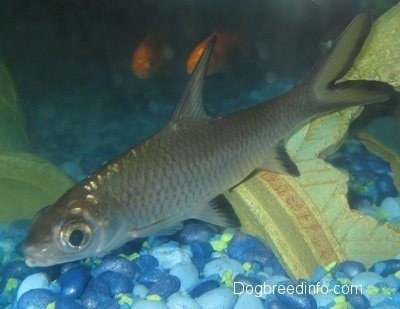
Five-inch Bala shark
Balantiocheilos melanopterus
Cyprinids
Cyprinodontoidae
Cyprininae
Tricolor Shark, Silver Shark, Tri Color Shark Minnow, Hangus, Silver Bala
50 gallons or more for young fish, 100 minimum for adult. 125+ is ideal, as these are schooling fish and will pine away if alone.
All levels
Easy
Peaceful if they are in a large enough tank and if they are kept with a full school of other Bala sharks (5 or more). Balas are schooling fish and need to be with others of their own kind. Tend to get agitated and semi-aggressive if kept alone or in a small tank. Active. Usually minds their own business. Can jump so tight-fitting lid is needed. Energetic, curious and aware of who's outside the tank.
Tends not to bother mildly aggressive cichlids. Angelfish, gouramis, large barbs (tinfoil), Rainbowfish, large danios (giant variety), larger tetras (pacus included). Adult-size tank is large enough for a shoal of clown or other Botiine loaches. Catfish (otocinclus excluded) are unobtrusive and well-tolerated. Omnivorous and herbivorous plecos will be ignored. Will eat smaller fish.
8 - 10 years
13 - 16 inches (33 - 40cm), females are on the smaller side. Grow fast.
Need large swimming area. Like live plants in the tank. Longer tank necessary.
Freshwater
5.8 to 7.8
dH: 5.0 - 15.0 (soft to medium)
72º - 84º F (22 - 29° C)
Not picky, will eat flakes, pellets and live food. Need some plant matter in food. Will also search for food on the bottom of the tank. Full-grown Balas have been known to eat very small fish such as neon tetras and guppies. Some Balas will make clicking noises while feeding.
Males are larger, females are slightly smaller.
Egg scatterer. Some have reported to have bred them in an aquarium, however, an exceptionally long aquarium is necessary for breeding. Current is necessary for males to appropriately scatter sperm. Balas do not guard eggs and will eat fry.
Sumatra, Thailand, Borneo and Malaysia
Not actually a true shark. They are called "sharks" for their appearance and the shape of their dorsal fin.

A 5-inch and a 6-inch Bala shark—these two Balas were put in a 54-gallon corner tank with other peaceful community fish. They pal around together and do not bother any of the other fish. These fish were in a somewhat small tank along with a bunch of other fish at the pet store. They were swimming a tad franticly, bumping up against the sides of the glass. When brought home and put into the larger tank, they calmed down and stopped acting so skittish.
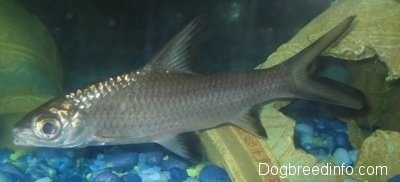
Five-inch Bala shark
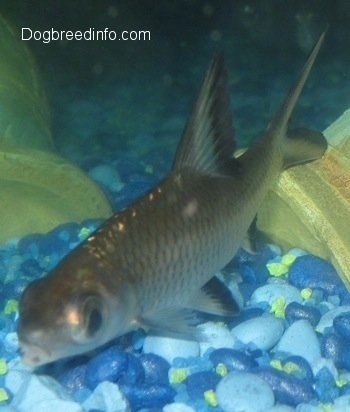
Five-inch Bala shark
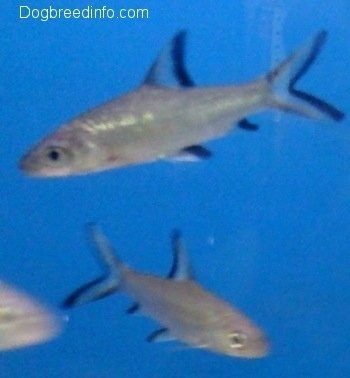
Juvenile Bala sharks
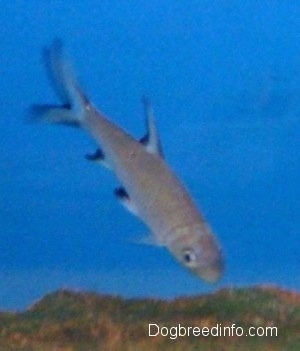
Juvenile Bala sharks
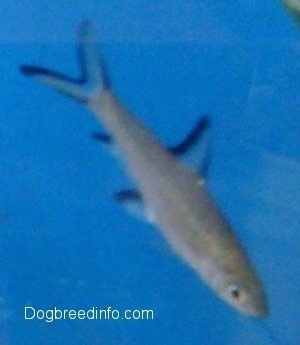
Juvenile Bala sharks
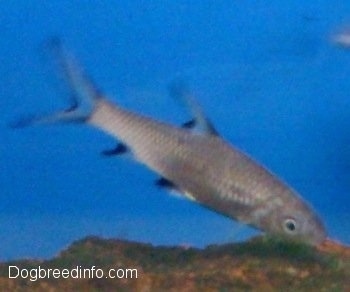
Juvenile Bala sharks
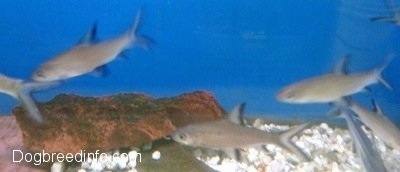
Juvenile Bala sharks
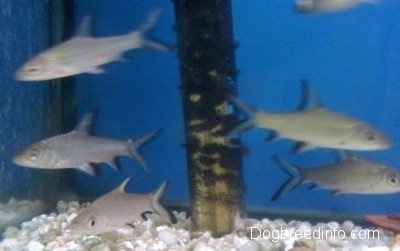
Juvenile Bala sharks
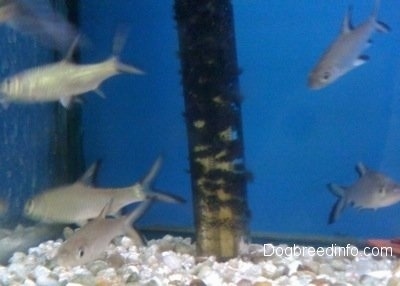
Juvenile Bala sharks
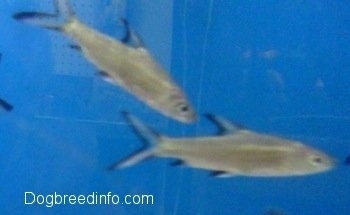
Juvenile Bala sharks
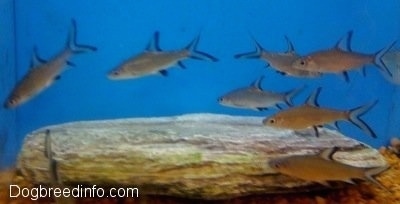
Juvenile Bala sharks
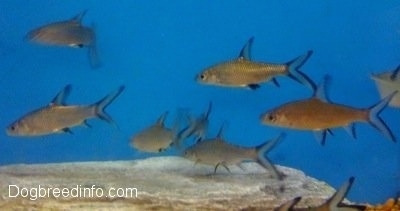
Juvenile Bala sharks